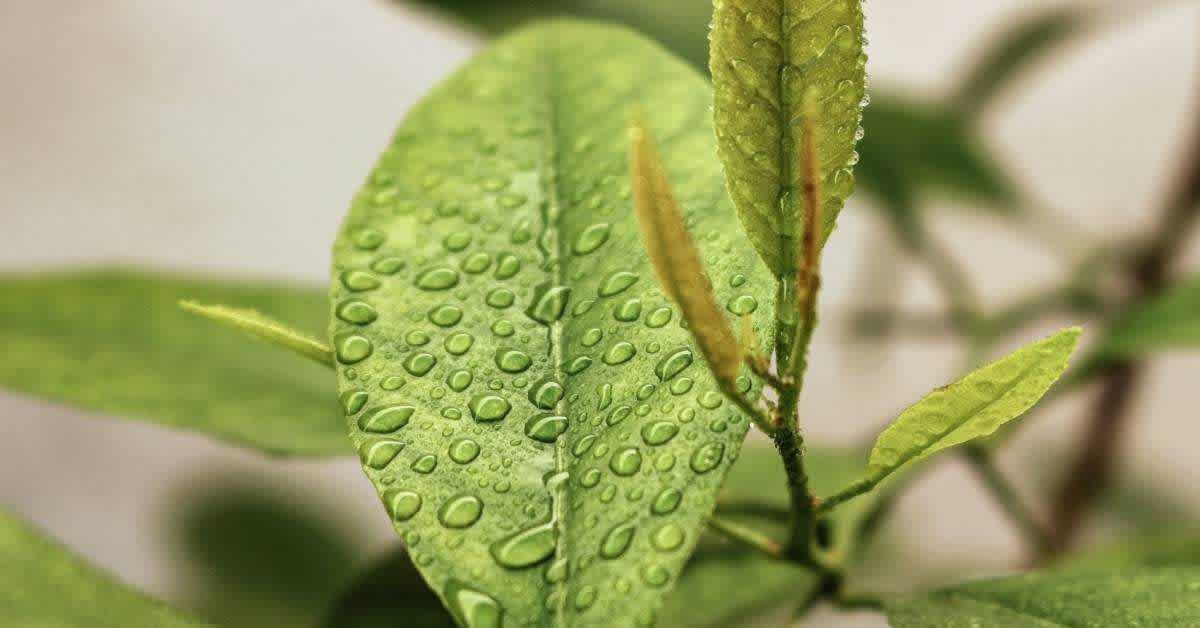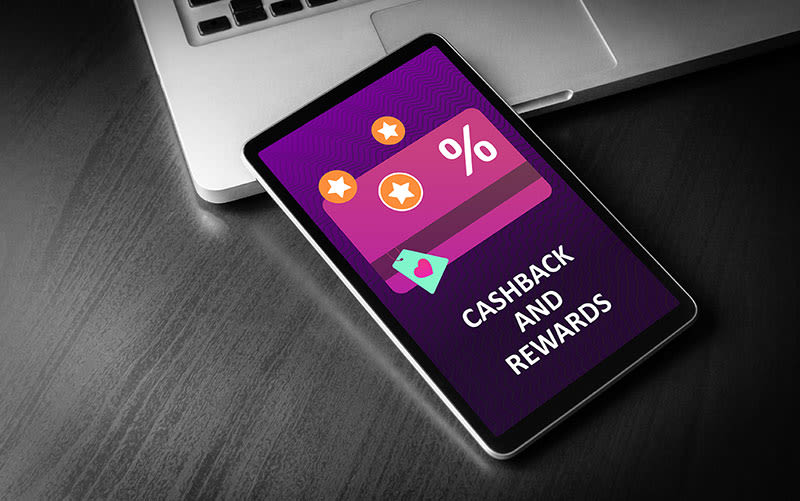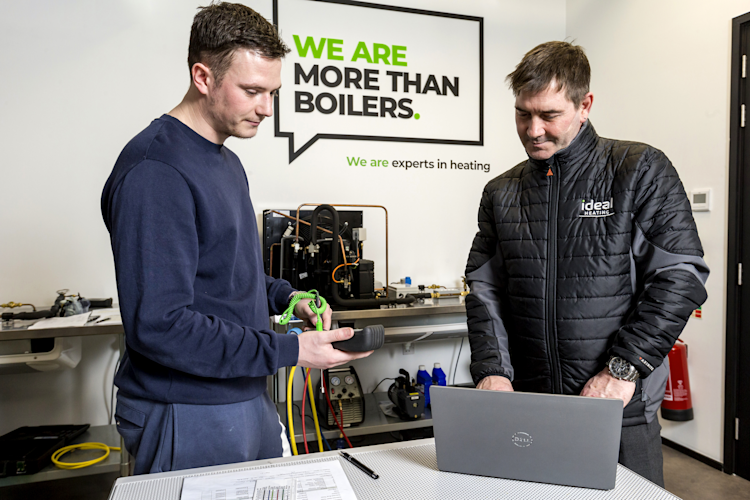
20 simple sustainable swaps to reduce your carbon footprint
Climate change is an ever-growing problem and it’s one that can be reduced if people break habits and make small changes to their everyday lives. It’s not a difficult task, nor does it have to be expensive, to become more eco-friendly.
World Environment Day is in June and what better way to celebrate than to reduce your own carbon footprint? From sustainable packaging swaps to considering how you recycle, there are many simple ways you can adapt your everyday lifestyle to become more sustainable.
This blog post will look at 20 simple sustainable swaps you can make to reduce your carbon footprint.
What does ‘carbon footprint’ mean?
Your carbon footprint is the amount of carbon dioxide that is released into the atmosphere based on everyday activities. For example, when doing your weekly food shopping, you might drive to the shop and pick up products that use plastic packaging before transporting your shopping home in single-use carrier bags. Wanting to be more sustainable? Each stage impacts your carbon footprint, but this can be reduced using easy sustainable swaps.
Reusable food wraps
There are a whole host of ways to wrap up your lunch other than single-use plastic or tin foil. Beeswax wraps can be used in the same way to cover or wrap up just about anything. These wraps are often made from GOTS-certified organic cotton that is infused with sustainably harvested beeswax. Beeswax wraps will keep your food fresh while also looking after your carbon footprint.
Reusable bottles
A person’s recommended water intake is around 1.2-1.5 litres of water per day, which can add up to a lot of plastic bottles. Instead, choose a more sustainable option with a glass or stainless steel water bottle. Not only will you be keeping your drink cooler for longer, you’ll also be cutting down on waste.
Reusable coffee cups
We all enjoy a coffee from our favourite café but, similarly to water bottles, disposable coffee cups can be a big problem. Costa Coffee alone stated that over 2.5 billion disposable cups are thrown away each year. While some coffee shops make huge efforts to help recycle coffee cups, you could also consider using a reusable coffee cup. As well as helping the environment, many coffee shops now offer a discount to customers using their own cup.
Metal and glass straws
Trendy and eco-friendly - is there anything better? Since 2019 when the Government banned the use of plastic straws, we have become increasingly aware of the effects they can have on our planet. Metal straws are long-lasting and often collapsible - perfect for when you’re heading out and about. Glass straws are another great option as they are likely to be transparent, meaning they are more hygienic as you can see how clean the inside is.
Don’t forget your cutlery
Remembering to bring your own cutlery is an easy sustainable way to reduce your carbon footprint. Many takeaways and coffee shops offer plastic cutlery which often can’t be recycled. A much better option is using cutlery from your own kitchen or choosing a cutlery kit that is perfect for taking out and about.
Say yes to tote bags
The battle against single-use plastic bags continues and from May 2021 all retailers must charge a minimum of 10 pence for single-use carrier bags in England. These bags can take hundreds of years to decompose and are rarely used for a long period of time. Instead of picking up a plastic bag each time you go to the supermarket, a tote is a convenient swap that can be folded up to fit in your handbag or pocket.
Silicone baking sheets
Greaseproof paper is perfect for all your baking and cooking needs, but it is not always recyclable due to the grease and oils transferred onto the paper while cooking. Silicone baking sheets can be the ideal swap as they have the same great advantages of baking paper but they can be washed up and used time and time again to save on waste.
Natural cleaning alternatives
Cleaning products aren’t always 100% clean for the environment. Therefore, making your own natural cleaning products using cupboard essentials such as vinegar, baking soda and lemon can offer great antibacterial properties without the toxic chemicals. As well as reducing chemicals, creating your own cleaning products can also cut down the amount of plastic you use as you can easily refill a reusable spray bottle hundreds of times.
Install a heat pump
Investing in a greener alternative such as a heat pump can significantly reduce your household bills as well as your carbon footprint. Air-source heat pumps are more environmentally friendly compared to traditional gas boilers and can therefore help boost sustainability. For more information, take a look at our blog on how to choose an eco-friendly boiler.
Ditch fast fashion
Wondering how to be more sustainable without sacrificing your wardrobe? Fast fashion may be a great option when you’re on a budget, but it comes with a huge cost to the environment as the clothing items are often not made to last. With the fashion industry producing 10% of humanity's carbon emissions, buying from second hand or sustainably-produced fashion retailers is a great way to find new outfits without contributing to problems caused by fast fashion.
Recycle right
Recycling might seem as easy as checking the packaging for the recycle logo and tossing it in the recycling bin. However, mindless recycling can often result in items which could have been saved ending up in the landfill. That’s why it’s essential to rinse your food containers before recycling them and not throw out your recycling inside plastic bags. From screwing lids back on your packaging to knowing the meaning of your recycling symbols, make sure you’re clear on all the recycling guidelines before throwing packaging away.
Reusable ziplock bags
Ziplock bags are extremely handy when it comes to leftover food, packed lunches and keeping things fresh. However, they are often single use and therefore extremely bad for the environment. By making the switch to reusable ziplock bags you can easily store your sandwiches knowing that you’ll also be reducing your carbon footprint.
Mason jars aren't just stylish
Mason jars can look great on your kitchen counters and can also make your kitchen cupboards look completely organised. However, as well as making great storage containers for just about any dried food, they can also be perfect for storing leftovers from your meals instead of using plastic containers that have a shorter lifespan.
Consider your toilet roll
Toilet roll might not be the first thing you think of when considering how to live more sustainably. It can, however, account for a large amount of waste - that's without mentioning the toxic chemicals that go into making toilet roll and its packaging. When buying toilet paper, check to see if it is made from recycled paper or fibres such as bamboo which are more sustainable. Look out for biodegradable packing instead of plastic too!
Plant bee-friendly flowers
Reducing your carbon footprint doesn’t always mean making swaps inside your home. Your garden is a great place to incorporate some of your easy sustainable swaps. By planting bee-friendly flowers instead of your normal plants you are helping to save the rapidly declining population of bees. As most of us know, these pollinators play a crucial role in our everyday lives. Without pollinators like bees, some crops and food products, such as strawberries, simply wouldn’t grow.
Opt for dryer balls
Dryer balls are known to speed up the drying process, soften clothes and reduce static. They are also much better for the environment compared to fabric softener and dryer sheets which are wasteful and often include some use of toxic chemicals. Not only are these chemicals bad for the environment, they can also be transferred onto your clothing and, consequently, your skin. Adding a dryer ball to your washing is a great sustainable swap. Plus, if you want your clothes to smell amazing, why not introduce a couple of drops of essential oils for a fabulous chemical-free fragrance?
Consider your clothes wash
A simple way to reduce your carbon footprint is to be more considerate with your clothes wash. Using a cold wash instead of washing your clothes in hot water can reduce energy usage by up to 80%. Alongside this, making sure that you max out your load instead of putting several smaller washes on will reduce both the amount of energy and water that you use. Reducing your carbon footprint is as easy as the click of a button.
Compost vs. landfill
If it came from nature, put it back! Food leftovers and garden waste can be composted to create nutrient-rich soil that is perfect for growing future plants. You can easily create your own compost by keeping a food container in your kitchen for any composting materials such as food scraps. It costs nothing to make and your garden is sure to reap the benefits!
Swap out your light bulbs
Energy-saving light bulbs could lower your carbon footprint by up to 70%. LED light bulbs are also a great purchase if you're on a budget as they are more cost-effective than halogen alternatives, meaning you’ll be saving money and becoming more environmentally friendly. LED bulbs can last up to 20 times longer than an incandescent or halogen bulb, so you’ll be adding light bulbs to your weekly shopping list less often too.
Reduce packaging
Large supermarkets often use excessive amounts of plastic and polystyrene packaging for their products. Using your own packaging such as a reusable bag for loose fruit and vegetables will help you cut down on the amount of single-use plastic you are buying. Alongside this, shopping locally at farmers’ markets, greengrocers and butchers will help to give you more control over the packaging you are buying - all while helping out the local economy.
How will you be reducing your carbon footprint? Bookmark our Ideal Heating blog to stay up to date or follow us on Instagram, Facebook and Twitter for relevant tips and recent news.


















